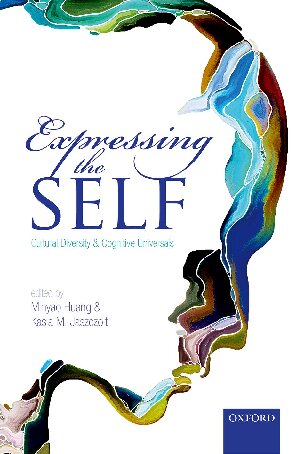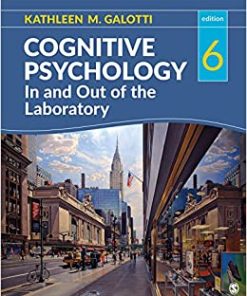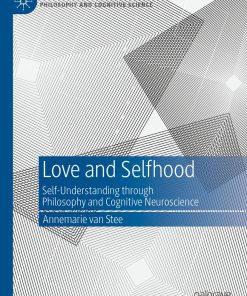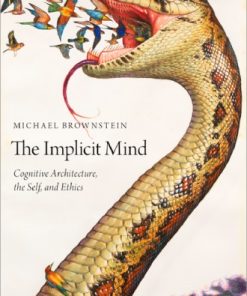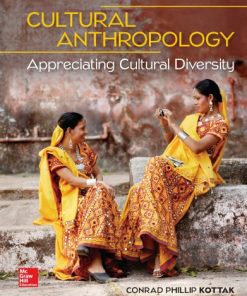Expressing the Self: Cultural Diversity and Cognitive Universals Minyao Huang
$50.00 Original price was: $50.00.$25.00Current price is: $25.00.
Expressing the Self: Cultural Diversity and Cognitive Universals Minyao Huang – Ebook Instant Download/Delivery ISBN(s): 9780198786658,0198786654, 9780191090295, 0191090298
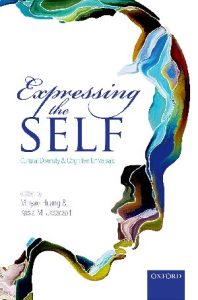
Product details:
- ISBN 10: 0191090298
- ISBN 13: 9780191090295
- Author: Minyao Huang
This book addresses different linguistic and philosophical aspects of referring to the self in a wide range of languages from different language families, including Amharic, English, French, Japanese, Korean, Mandarin, Newari (Sino-Tibetan), Polish, Tariana (Arawak), and Thai. In the domain of speaking about oneself, languages use a myriad of expressions that cut across grammatical and semantic categories, as well as a wide variety of constructions. Languages of Southeast and East Asia famously employ a great number of terms for first person reference to signal honorification. The number and mixed properties of these terms make them debatable candidates for pronounhood, with many grammar-driven classifications opting to classify them with nouns. Some languages make use of egophors or logophors, and many exhibit an interaction between expressing the self and expressing evidentiality qua the epistemic status of information held from the ego perspective. The volume’s focus on expressing the self, however, is not directly motivated by an interest in the grammar or lexicon, but instead stems from philosophical discussions on the special status of thoughts about oneself, known as de se thoughts. It is this interdisciplinary understanding of expressing the self that underlies this volume, comprising philosophy of mind at one end of the spectrum and cross-cultural pragmatics of self-expression at the other. This unprecedented juxtaposition results in a novel method of approaching de se and de se expressions, in which research methods from linguistics and philosophy inform each other. The importance of this interdisciplinary perspective on expressing the self cannot be overemphasized. Crucially, the volume also demonstrates that linguistic research on first-person reference makes a valuable contribution to research on the self tout court, by exploring the ways in which the self is expressed, and thereby adding to the insights gained through philosophy, psychology, and cognitive science.
Table contents:
- Introduction: The self in language, in thought, and en route in-between
- ‘Me’, ‘us’, and ‘others: ’Expressing the self in Arawak languages of South America, w
- The proper treatment of egophoricity in Kathmandu Newari
- Self-referring in Korean, with reference to Korean first-person markers
- Expressing the self in Japanese: Indexical expressions in the service of indexical thoughts
- De se marking, logophoricity, and ziji
- Charting the speaker-relatedness of impersonal pronouns: Contrastive evidence from English, Frenc
- Expressing the selves: Subject splits and viewpoint hierarchies in multiple-perspective construct
- Referential variability of generic ‘one’
- Expressing the sel: fFrom types of de se to speech-act types
- The incremental self
- On the essentiality of thoughts (and reference
- Pragmatic indexicals
People also search:
signature expressing the self pdf
managing stigma and expressing the self
what is the word for expressing excessive self pride
self do self have meaning
how does one express themselves
You may also like…
Uncategorized
dictionaries & phrasebooks
Medicine - Neuroscience
Politics & Philosophy - General & Miscellaneous Philosophy
The Implicit Mind: Cognitive Architecture, the Self, and Ethics
Politics & Philosophy - Social Sciences
Cultural Anthropology: Appreciating Cultural Diversity 17th Edition Conrad Phillip Kottak
Uncategorized
Diversity and Cultural Competence in Health Care: A Systems Approach 1st Edition – Ebook PDF Version
Erotica - Fiction


